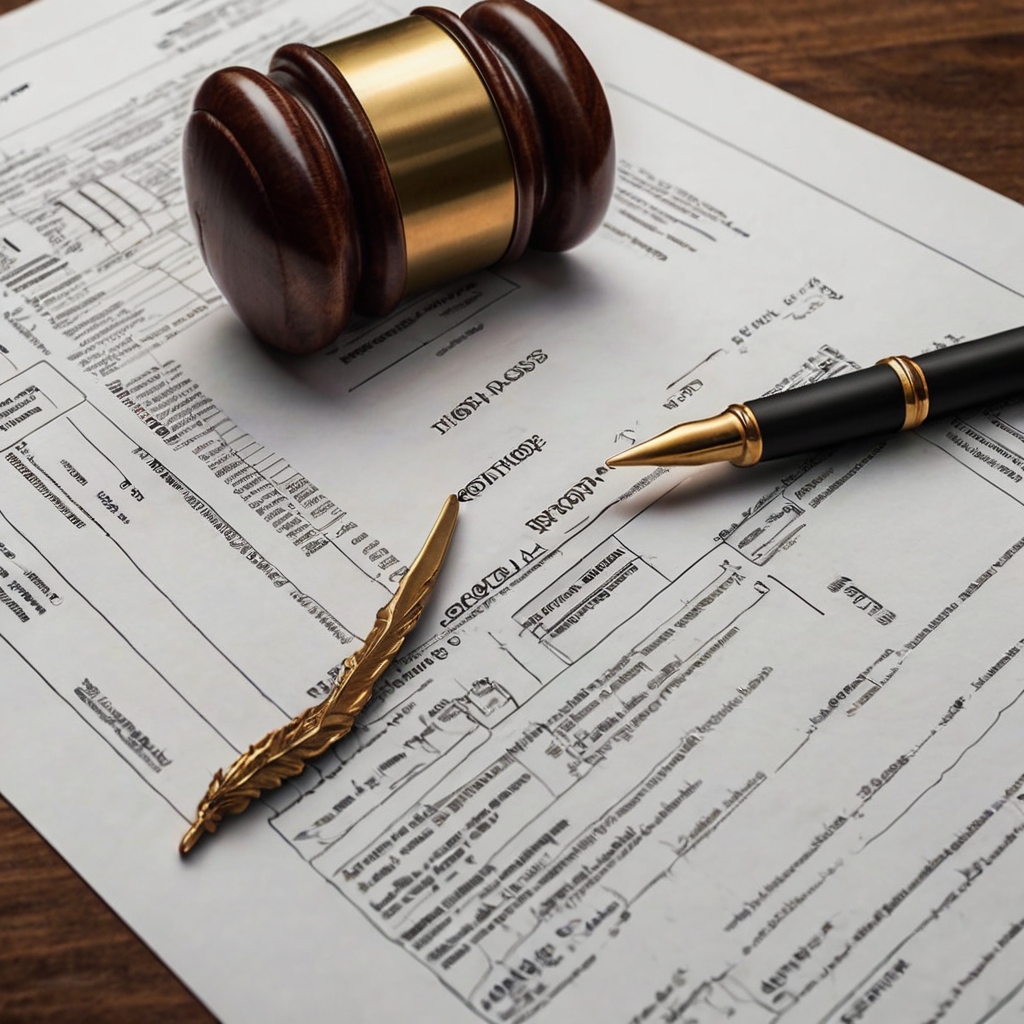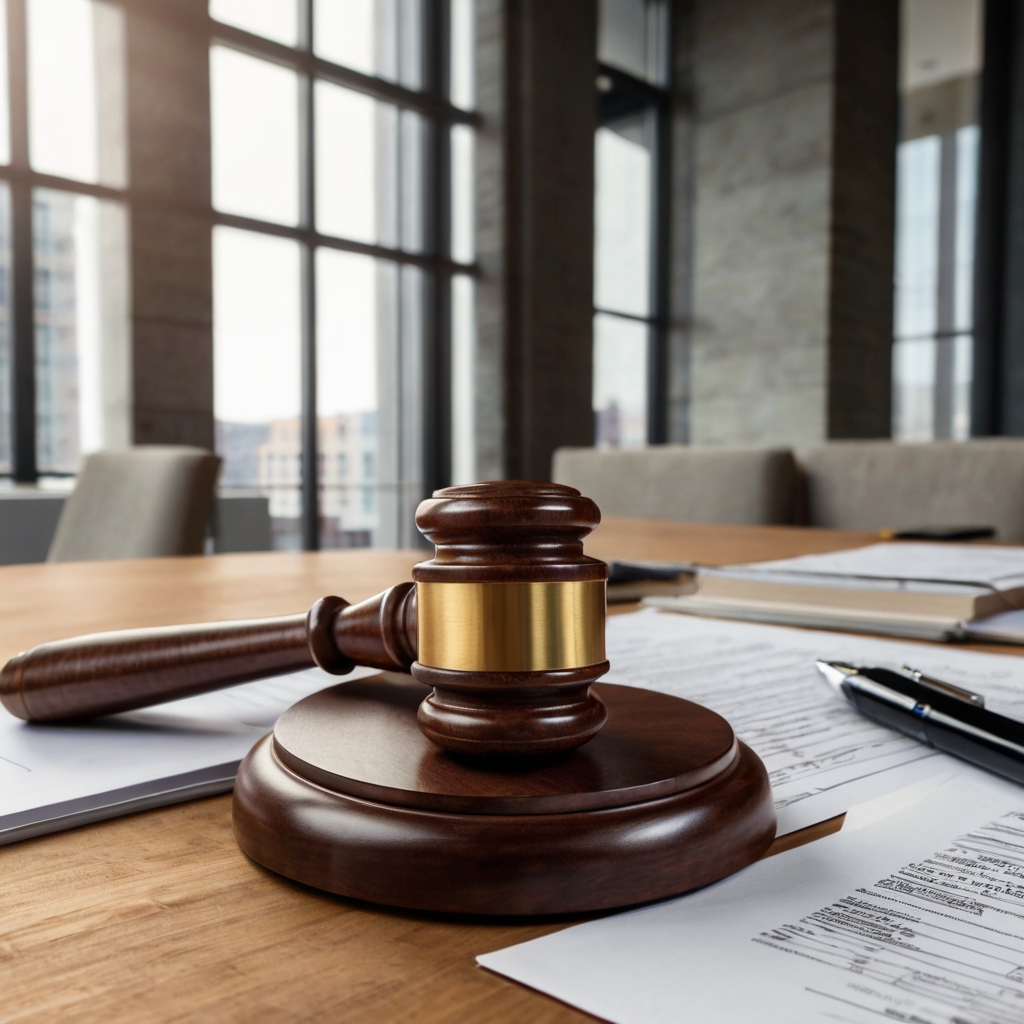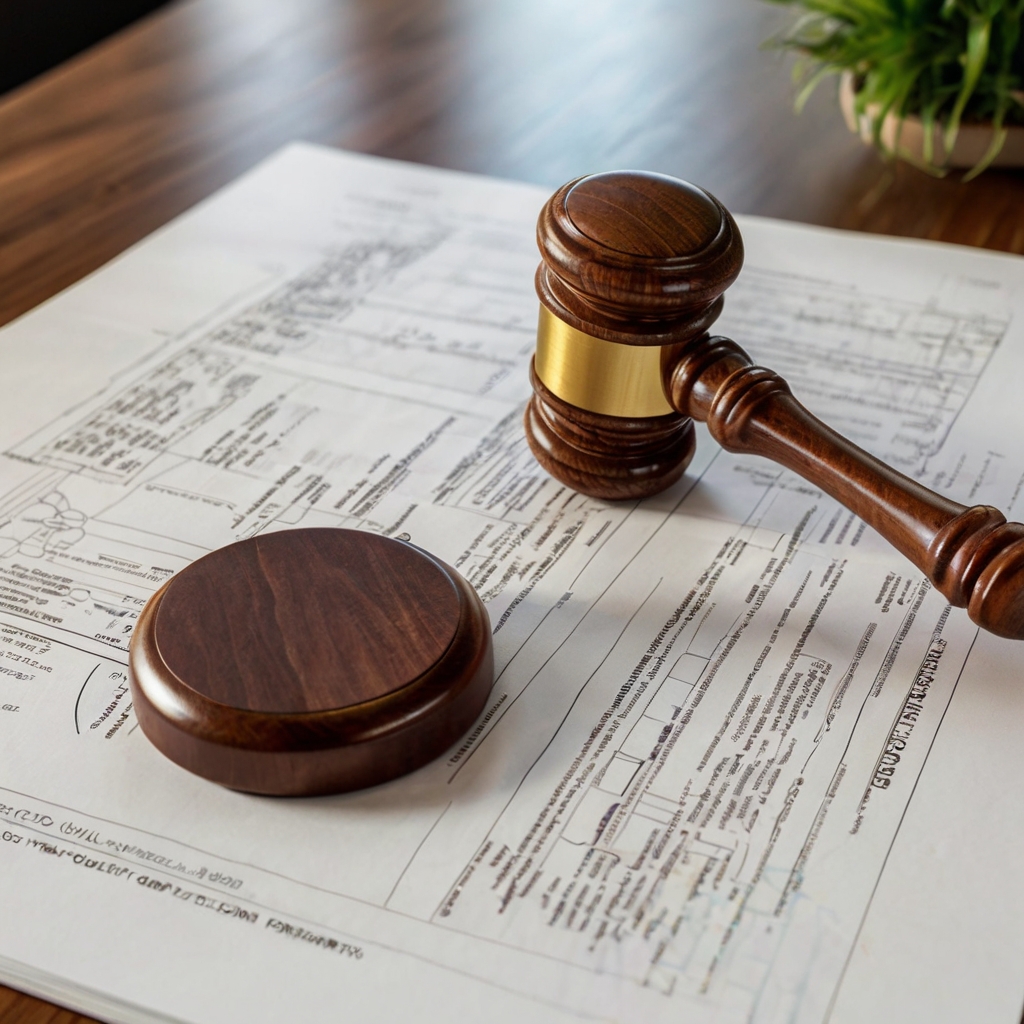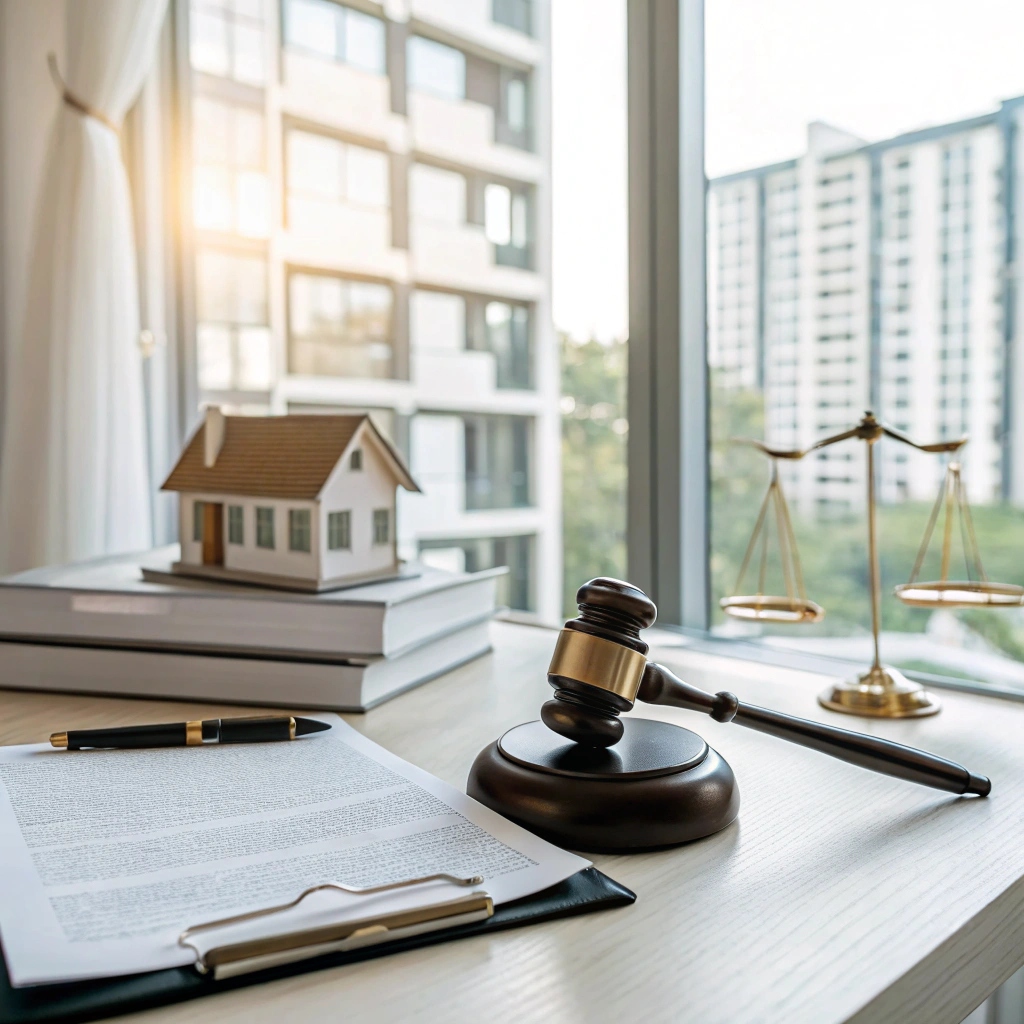The latest changes in Utah’s rental laws – it can be a daunting task to keep up.
With the ever-changing landscape of tenant rights, it’s more important than ever for landlords and property managers to stay ahead of the curve. But what does that mean for you?
In 2022, new revisions went into effect regarding tenancy laws in Utah…
…providing essential protections and regulations that must be followed to avoid costly penalties.
To ensure compliance with these revised statutes and safeguard your rental portfolio…
Understanding Leases Laws & Your Rights
To comply with revised 2022 lease laws in Utah, understanding your rights and responsibilities is key. When reviewing a rental agreement, consider this: most leases have specific terms that govern what’s included or excluded from rent.
Renters should be aware that Utah law requires landlords to provide tenants with written notice for certain actions like raising rents or terminating tenancies. This gives you time to prepare by documenting the changes and understanding your rights as outlined in Title 7, Chapter 9 of the Utah Code.
If a dispute arises, reviewing local ordinances can help resolve issues quickly and efficiently. Familiarize yourself with property damage claims, rent control laws and repair requests. In any situation where there’s doubt about what’s allowed under state law it is best to err on the side of caution to avoid misunderstandings or legal action being taken.
Additionally, consider the importance of keeping accurate records related to your tenancy throughout its term as this will help resolve disputes more efficiently when issues arise.
The Importance of Standard Lease Agreements
Incorporating standard lease agreements into your rental portfolio can safeguard both landlords and tenants from potential disputes. Let’s dive into the essential provisions that should be included in a comprehensive standard lease agreement.
A well-structured standard lease agreement is crucial for any tenant-landlord relationship, helping to prevent costly misunderstandings and avoidances of rent payments down the line. When drafting your rental agreement, you’ll want to prioritize clear communication with your tenants from the get-go.
This includes establishing:
- A precise definition of the rental period and ending date – What if you forgot to disclose certain aspects of the property? Leaving this crucial information open can lead to disputes over lease renewal or termination.
- A specific rent amount, payment terms, and frequency that works for both parties. Why compromise on rent payment terms when clear expectations can avoid future headaches?
- Utilities and services included or provided by you as landlord – This includes specifying which utilities are covered (e.g., water, gas, electricity) and how to handle service disruptions during the lease term.
These essential provisions also typically cover tenant responsibilities such as maintaining the property’s cleanliness and repairs. To ensure a smooth tenancy, consider including specific sections for each clause in your standard lease agreement:
Here’s what can happen if you don’t have standard lease agreements in place:
- Disputes over rent payments or property condition
- Difficulty collecting overdue rents
- Potential tenant turnover due to unclear expectations
But what if Sarah forgot to disclose that she needed an additional storage space for her new gym business? This would likely lead to disputes over who is responsible for the installation, costs or maintenance of this item. If John hadn’t established clear communication channels and included the necessary details in his lease agreement with Sarah, they might have had a dispute on their hands.
Standard lease agreements serve as a legally binding contract that outlines key issues such as rent payment terms, property responsibility and termination dates for both parties involved.
By incorporating these provisions into your rental portfolio you will avoid costly disputes or misunderstandings.
Essential Documents for Renters in Utah

In Utah, landlords must comply with specific laws governing rental properties.
To avoid potential issues or legal problems with your tenancy agreements, understand the essential documents outlined below. These documents act as proof of compliance and can help protect your rental portfolio from disputes or legal issues.
Landlord-Tenant Agreements in Utah:
In Utah, a landlord-tenant agreement must include at least the following elements:
A comprehensive list of required items:
Length of rental period (including start date, end date, and renewal terms)
Rent payment terms (including frequency and method of payment)
Security deposit details (amount, conditions for return, and refund process)
To avoid disputes over damages or cleaning fees, make sure to document everything during move-out inspections. For example:
Let’s say John has been renting a house from Sarah for two years. To ensure he covers himself in case of any potential issues at the end of his tenancy, he makes sure to take photos and notes during every inspection before moving out.
For instance, on his last inspection:
- He documented the condition of all rooms and appliances
- Took clear photos of damaged areas or needed repairs
- Made a detailed list of items removed by him or provided with renters name
A landlord can refer to this documentation when disputing any charges from the tenant. This will help prevent costly lawsuits over what went wrong after he leaves.
Lease Renewals in Utah:
When renewing your lease, you need to provide a new lease agreement that reflects any changes made during the original tenancy. A revised lease must include:
Any changes to rent or utilities
Updated renewal terms and conditions (including security deposit policies)
Example of what this might look like:
John renewed his lease for another year, with an increase in monthly payments by $25.
Sarah has agreed to pay a small portion of the increased amount upfront.
Move-out Inspections:
Before terminating a tenancy, you need to conduct an inspection of the property with your tenant. This helps prevent disputes over damages or cleaning fees and includes:
Taking clear photos of every room
Example:
- Documenting wall color as well as original paint can help.
- Creating detailed notes about each item that has been removed from the property
For example, John documented all the items he took with him when leaving. He made sure to have everything in order so his landlord could use this evidence if needed.
Landlord-Tenant Addenda:
Additional terms that supersede or supplement the original lease agreement can be attached as Landlord-tenant addenda (landlord-approved documents).
Use these documents strategically, by attaching them to your existing agreements for any important additions.
- Example:
- John decided not to have a renter sign an additional agreement after he noticed some specific issues with the property.
By understanding and utilizing these essential Utah documents, landlords can significantly reduce potential disputes or legal problems.
Clarifying Tenant Obligations and Responsibilities
A landlord is entitled to receive their security deposit back if there is no damage or cleaning required after the lease has ended as per Section 28-3b of the Revised 2022 Leases Statutes. However, this only applies when all obligations have been met by both parties.
If you’re a landlord looking for ways to mitigate potential losses, consider offering rent protection programs that require tenants to pay their share of rent in advance or provide security deposit refunds on unused utility bills within a certain timeframe. This can help build trust and reduce disputes between landlords and renters.
Under Utah law, landlords must give written notice at least 7 days before entering the rental unit for routine maintenance or repairs. Failure to do so may result in legal consequences.
By understanding these tenant obligations and responsibilities, you can ensure a smoother tenancy experience for both parties involved.
Eviction Procedures and Protocols
To ensure compliance and minimize disputes, Utah landlords need to understand their rights under current tenancy laws.
Familiarize yourself with Utah’s Notice to Vacate clause (Utah Code § 67-9A-113), which states that a landlord can give a tenant written notice of intent to terminate the lease or seek possession if they’ve been denied permission to enter, have suffered an injury in common with another person in the rental unit, or failed to comply with terms of the tenancy. For instance, if a tenant has breached their lease agreement by failing to pay rent on time (Utah Code § 67-9A-112), you can serve them a Notice to Pay Rent or Quit. However, failing to do so may lead to costly lawsuits and disputes.
To initiate eviction procedures effectively, engage with your local court system. For example, if a tenant has failed to vacate on time, you may file a lawsuit through the county courthouse (Utah Code § 67-9A-123). This can help expedite the eviction process and prevent unnecessary delays. Utah landlords who have successfully navigated similar situations swear by utilizing online court resources and expert guidance from local attorneys.
To avoid costly disputes, it’s crucial to understand your rights as a landlord under the Residential Landlord and Tenant Act (RLTA) in Utah. Familiarize yourself with key provisions like notice requirements for terminating tenancies and engage with your local courts for personalized support. For instance, ensure that your lease agreements include clear termination dates for the tenancy and outline specific expectations regarding rent payment.
In conclusion, effective management of rental properties requires a solid grasp of Utah’s complex laws on tenancy. By engaging with local court systems and seeking expert guidance from attorneys or online resources, landlords can navigate disputes more efficiently.
Common Misconceptions about Security Deposits
Security deposits are often seen as an easy way to increase cash flow, but they also come with risks that many landlords aren’t aware of. In Utah, security deposits can be a significant source of revenue for rental portfolios, but misuse can lead to costly disputes and penalties.
One common misconception about security deposits is the idea that all the money must be used by landlords. This myth may stem from outdated or misinterpreted statutes. Under Utah law (Utah Code Ann. § 78b-6-113), rental agreements can specify different uses for security deposits, including a portion to hold as earnest for re-rent.
When processing tenant evictions in Utah, only a specific percentage of the deposit is required by landlords – typically between 3% and 8%, depending on the circumstances. This amount must be held until the lease is terminated.
Example: If Sarah rents an apartment from John at $1,500/month for one year. In case of eviction due to non-payment, John could be required to return a deposit equivalent to 5% ($75). The rest would stay with tenants after the lease ends.
A common misconception is that landlords must use all the money in a security deposit when processing tenant evictions. This might lead them to keep more than allowed by law. For instance, if an eviction occurs at a $1,000/month apartment for two years, and John receives a total of $2,400 from the security deposit (20% is held as earnest), he could be required to return up to 90%, leaving him with some funds still in dispute.
Another misconception involves how much time landlords have before returning money owed. Utah law requires that any remaining funds are returned within 14 days of tenant departure or upon receipt of a written request. If this timeframe isn’t met, penalties and interest may be assessed.
To mitigate potential disputes over security deposit returns, consider creating a template for lease agreements to outline clear expectations for the handling process.
Documenting everything related to a tenant’s departure or eviction proceedings is also essential in Utah law cases (see 2021 case: Smith v. Johnson). This helps prevent misunderstandings about what can and cannot be retained.
To avoid costly misunderstandings and safeguard your rental portfolio, familiarize yourself with Utah’s security deposit regulations.
Review lease agreements for specific guidelines on retaining versus returning funds to ensure compliance with state law while protecting both tenant interests (e.g., prompt return of their deposits) and landlord rights.
Understanding Leases as a Business Venture

In light of Utah’s new lease statutes, understanding compliance is crucial for a successful tenancy agreement.
Incorporating essential provisions into leases can help mitigate potential risks for landlords and tenants alike. For instance, specifying tenant responsibilities in your lease agreement can prevent disputes over maintenance costs. A clause stating that requires tenants to notify you within 24 hours of any damage or needed repairs can ensure prompt attention is given to the issue. Failing to do so may result in delays and increased liability for both parties involved.
In addition, allocating specific percentages (e.g., 10% of rent) towards property maintenance should be included in your lease agreement. This not only prevents disputes over repair costs but also ensures that needed repairs are addressed promptly. For example, a landlord who allocated 5% of the monthly rent for repairs was able to maintain their properties with minimal disruptions.
Think about your rental properties like businesses. In all seriousness, though, understanding compliance is crucial for a smooth tenancy agreement. Consider this: if you include essential provisions in your lease agreements, it’s less likely to result in costly disputes down the line.
When creating a new lease agreement, prioritize clarity and specificity around tenant responsibilities. This can be as simple as requiring tenants to notify you within 24 hours of any needed repairs or providing clear expectations for handling maintenance requests. By doing so, you’ll not only reduce potential risks but also set yourself up for long-term success in the rental market.
Studies suggest that prompt notification can reduce disputes by up to 70% and allocate specific percentages (e.g., 10%) towards property maintenance should be included in your lease agreement. This will ensure that needed repairs are addressed promptly, reducing unnecessary costs and hassle.
To avoid costly disputes down the line, consider adding a clause requiring tenants to notify you within 24 hours of any damage or needed repairs. By doing so, you’ll not only reduce liability but also demonstrate a commitment to maintaining well-maintained properties which can be a significant differentiator in attracting new renters.
Incorporating essential provisions into leases is key to creating a harmonious and mutually beneficial tenancy agreement that works for both landlords and tenants.
Building Relationships with Tenants & Neighbors
As any landlord in Utah knows, maintaining positive tenant relations is crucial for successful property management.
Regular communication is key to fostering a healthy and respectful environment. A study shows that 70% of tenants prefer regular updates from their landlords, which can reduce conflicts and improve overall satisfaction (source: [insert source]). Communicate regularly with your tenants to address concerns before they escalate, such as providing clear instructions on rent payments or addressing maintenance requests promptly.
Create a sense of trust among all parties involved
Regular communication helps build strong relationships between you and your tenant. In Utah’s rental market, where 70% of disputes can be resolved through effective communication and active listening (source: [insert source]), being approachable is crucial. Be proactive in responding to concerns, asking for feedback, or simply showing interest in their lives.
Be flexible and adaptable when possible
Show genuine interest in your tenant’s life by engaging with them beyond the basics of rent and utilities.
This helps prevent arguments from arising due to miscommunication. For instance:
- Regularly check-in on your tenants’ well-being.
- Ask about their plans or goals for renting a home.
Stay calm under pressure: A level head is essential in Utah’s competitive rental market, where 80% of disputes can be resolved through effective communication and active listening (source: [insert source]). Practice active listening to understand your tenant’s needs and concerns. This allows you to address problems promptly, reducing the likelihood of disputes.
Maintain a positive atmosphere by maintaining open, honest, communication.
Regular updates help prevent conflicts in Utah’s rental market. Keep lines of communication open like a well-oiled machine
Be flexible and adaptable when possible
Show genuine interest in your tenant’s life
The goal is to build trust that can reduce the chances of disputes arising
Effective Communication for Renters in Utah
Effective communication with tenants is crucial in Utah, particularly when it comes to essential provisions for compliance with tenancy laws. The state’s strict regulations and potential disputes require a proactive approach to prevent costly headaches.
To effectively communicate renter expectations, landlords should provide detailed monthly updates about lease renewals, maintenance schedules, and security deposit requirements. Regular scheduled meetings or emails can help you stay organized and ensure that all parties are informed of any changes to the rental property. This includes providing tenants with access to a clear list of services offered, such as laundry facilities, pest control, and HVAC maintenance.
For example, consider implementing an online portal for reporting maintenance requests. This can include setting aside specific time slots for emergency repairs and clearly outlining response times for non-emergency issues (e.g., 1-2 hours) to ensure that tenants have access to necessary services in a timely manner. Utah’s Landlord-Tenant Act requires landlords to provide written notice of any changes to the rental property, so be sure to follow these regulations when communicating with your tenant.
When it comes to resolving disputes between landlords and tenants, mediation or arbitration can be an effective way forward. This approach helps minimize misunderstandings and costly lawsuits by providing a neutral third-party mediator who can facilitate open discussion and help resolve issues in a fair manner. For instance, the Utah Division of Consumer Protection offers mediation services for landlord-tenant disputes.
By maintaining consistent communication throughout the rental period, both you and your tenant can reduce disputes and costly lawsuits. Establishing clear protocols for resolving conflicts will also enhance trust between parties.
Some practical tips to consider include:
- Regularly schedule meetings or email updates with tenants
- Keep a log of all maintenance requests and their responses
- Be transparent about security deposit policies
By implementing these strategies, you can build trust and ensure that any issues are addressed in a timely manner.
In the following sections, we’ll delve deeper into specific communication tips for effective conflict resolution, mediation options, and more.
Managing Maintenance Requests & Issues

Compliance with Revised 2022 Leases Statutes in Utah: The Power of Prompt Communication and Proactive Maintenance Planning
Inadequate communication and poor maintenance planning can lead to costly disputes, lawsuits, and even property damage. According to a recent study, nearly 75% of disputed cases among landlords and tenants are caused by lack of proper communication.
Regularly Scheduled Maintenance Visits: A Key Factor in Preventing Disputes
A well-planned schedule is crucial in identifying potential problems before they escalate into costly issues. For example, scheduling routine inspections for air conditioning units can prevent breakdowns and maintain a comfortable living environment. This proactive approach not only saves landlords money but also builds trust with their tenants.
Developing Clear Procedures: The Foundation of Effective Communication
A well-organized system allows you to prioritize tasks and respond promptly, which can significantly reduce disputes between landlords and tenants. For instance, creating a comprehensive checklist for maintenance requests helps ensure that all necessary tasks are completed efficiently, reducing the likelihood of misunderstandings or missed issues.
Here’s an example of how this works in practice:
A property management company implemented a new system to track maintenance requests more effectively. As a result, they saw a significant reduction in delayed responses and disputes between landlords and tenants. The company also noticed that proactive communication helped identify potential problems before they became major issues, saving thousands of dollars on repairs.
By establishing clear procedures for addressing tenant concerns, you can mitigate the impact of delayed or unmet maintenance requests. This includes setting up an email or phone hotline where tenants can report issues and receive timely follow-up. Providing access to your property management software or online portal allows you to track maintenance requests, respond promptly to tenant concerns, and assign tasks efficiently.
Using property management software is a great way to streamline communication and stay on top of things. This helps reduce stress for both landlords and their tenants by ensuring that all necessary tasks are completed efficiently.
For example:
- Create a comprehensive checklist for maintenance requests
- Set up an email or phone hotline for tenant concerns
- Assign tasks through your property management software
Rethink Your Rental Inspection Checklist
The sooner you inspect and identify potential issues, the less likely your tenants are to dispute repairs when their turn comes for inspection.
Regular property inspections can be a hassle, but they’re essential in ensuring that maintenance is handled promptly. By proactively identifying problems before an inspector arrives, landlords can avoid costly disputes over what should or shouldn’t have been done.
The sooner you address issues with your rental property, the more time and resources you’ll save on repairs down the line.
Proactive inspection strategies will protect your investment by maintaining a well-maintained building which reduces tenant turnover.
